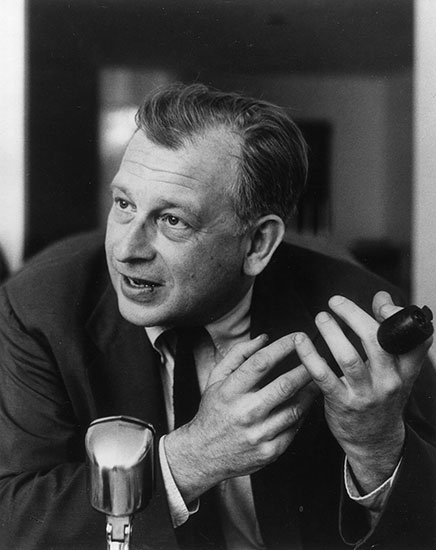


You almost have to be there to understand it, because the pictures look not too different from any other glass and steel office building. It’s not one of these flashy, organic, curved buildings that you’d expect from Saarinen, but it’s just this beautiful place to be. And the more I thought about it, the more I tend to agree with that. When we interviewed the architecture critic Paul Goldberger for the film, I asked him what his favorite building was and he said the Deere & Company headquarters in Moline, Illinois. So I think the furniture is a very important part of the legacy of Saarinen.ĭo you have a favorite Saarinen building? If you have, you can go out and buy a Saarinen chair, but you can’t live in or work in or commission a Saarinen building. He thought Saarinen was a rare exception, where architectural design and furniture design were all one thing in his mind.

The architect Rafael Vinoly told us (in a scene we didn’t end up using) that generally architects are very bad furniture designers, and vice versa. You know, when I told people I was working on a film about Eero Saarinen, nine out of ten times they only knew the name from the furniture. Many people know Saarinen more for his furniture designs, such as the Tulip chair, the Womb chair, and the Saarinen tables. Some people think Saarinen had a premonition of an early death and felt he had to get as much done as he could while he was around. And this was in the days before computers, which speed things up quite a bit. From 1948, when the Arch was designed, to the time he died in 1961, that’s when he did the ten to twelve major buildings in our film, that were equally important. It’s a really interesting question, because I don’t know if anybody knows what’s behind that kind of surge in creativity. How was he able to get so much work done in a relatively short career? She really did become instrumental in that.Įero Saarinen died suddenly at age 51. A lot of supervision is required to make sure builders and clients stick with architects’ intentions. much of his work through after he died in 1961, because much of it was still under construction at the time. She did so much for him in terms of getting him recognized by major corporate clients. The more we looked into it, the more important Aline became in the story. It’s interesting how the film delves into the role of Aline Saarinen, Eero’s second wife, in promoting his work. He did an amazing job with the photography-it’s like a virtual-reality experience in the buildings. We finally convinced him to become a part of it, and now he’s pleased with the results. I first called him up because I thought he would be the ideal director of photography for this film, since it would be about his father. Initially, he really didn’t want to have too much to do with this project. How did Eric Saarinen, one of Eero’s two sons, become involved? With Saarinen, it’s just an intriguing project because every one of these buildings is so different. Almost no other architect would have this variety, in which every building is a different solution to a different problem. Obviously, he is somebody whom you could recognize as a major name. Some new things have come out on Saarinen in the last few years. There was Jayne Merkel’s book Eero Saarinen and an exhibit called Shaping the Future that became a book. But there wasn’t a lot to go on when we started making this film. I think there’s a renewed interest in Saarinen, because of the renewed interest in Midcentury Modern design. He wasn’t one of those architects whose work we studied in architecture school. I frankly didn’t know that much about Saarinen. The film actually came to me from a fellow who became our associate producer, and who had worked in Saarinen’s office for two or three years on Dulles International Airport. So I tried to stay in touch with architecture as much as I could. Pei in the 1990s, and then we made a film in 2006 for the United Nations’ 60th anniversary, about the architects who came from all over the world to design the U.N. I had gotten my undergraduate architecture degree at Cornell, and I’d always remained very interested in architecture. What made you decide on Eero Saarinen as your subject?


 0 kommentar(er)
0 kommentar(er)
